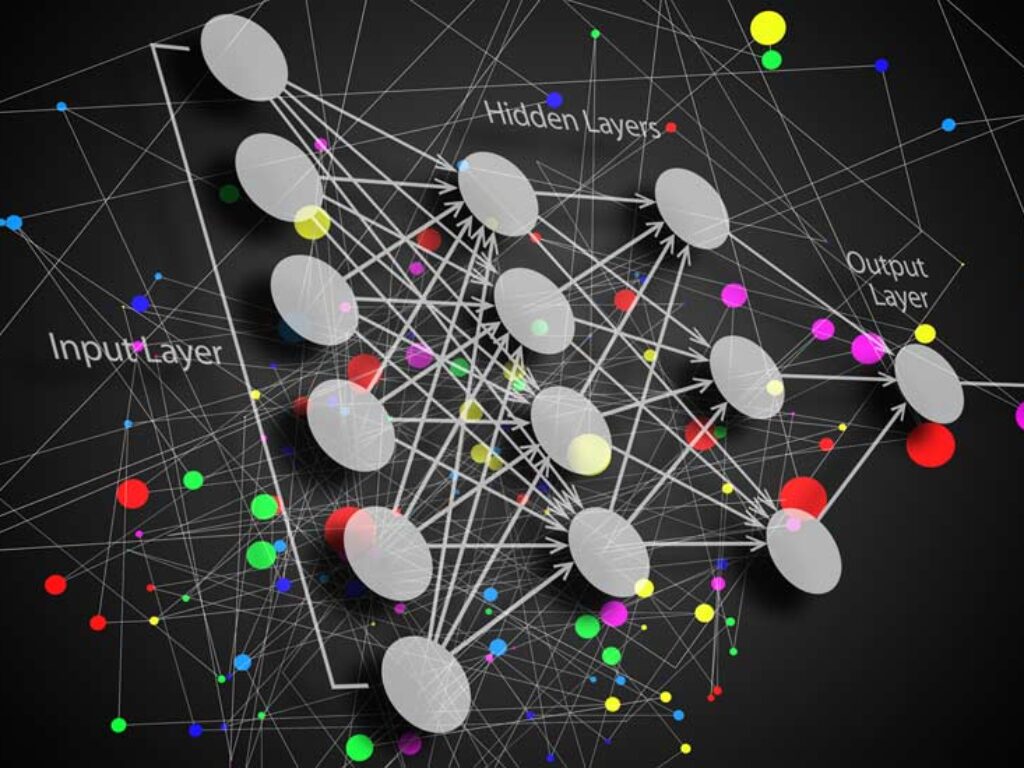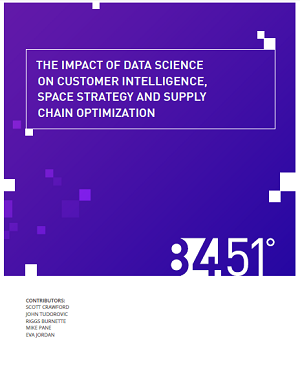In this contribute article, Nick King, CEO and Founder of Data Kinetic, believes that 2024 holds great promise for Applied AI as it integrates into various sectors, transforming manufacturing, healthcare, energy, and beyond. However, as we move forward in this AI-driven future, addressing concerns such as misleading marketing, complex interactions, the need for guardrails and transparency, and the importance of meaningful AI education is crucial.
The Future of Applied AI in 2024: Transforming Healthcare, Energy, and Supply Chain with Tangible Outcomes
Revolutionizing Supply Chain Management: The Power of AI in Strategic Sourcing and Inventory Optimization
In this contributed article, Rudrendu Kumar Paul, AI Expert and Applied ML industry professional, explores the transformative role of AI in strategic sourcing, inventory management, and risk management within supply chain operations. The article highlights how AI can optimize these processes, leading to more efficient and effective operations. A focus is on AI’s ability to analyze vast amounts of data and generate actionable insights; examples of its application in predicting supplier performance, optimizing inventory levels, and identifying and mitigating supply chain risks. Also included are the benefits of applications of AI in supply chain management, importance of businesses to explore and adopt AI tools to stay competitive in today’s complex business environment.
The 4 Ingredients for Accurate Supply Chain Data Synchronization
In this contributed article, Randy Mercer, VP of Global Products for 1WorldSync, believes that as a brand’s supply chain data responsibility evolves, so do the possibilities for content to provide value. By implementing any of the solutions itemized in the article, brands create a recipe for successfully achieving accurate, seamless supply chain data sharing.
Pharmaceutical Supply Chain Data is in the Dark Ages: It’s Time to Bring it into the Future
In this contributed article, Nico Ros, Co-founder and CTO of SkyCell, discusses how the industry is crying out for better logistical solutions and needs for better remote monitoring. Disparate data solutions are just not up to the mark anymore – but there is an answer to this problem. Combining simulation data and operational data (SO data) can bridge this visibility gap.
How AI & Price Optimization Can Offset COVID-19’s Impact on B2B Supply Chains
In this contributed article, Barrett Thompson, General Manager of Commercial Excellence at Zilliant, highlights that while 2020 has provided no shortage of supply chain challenges, adopting AI and price optimization can offset negative financial impacts. When equipped with advanced pricing science and software, companies can correct course on the pitfalls of the traditional pricing approach and regain anywhere from 1 to 3% in lost margin.
Factoring the User Into Supply Chain Data Presentation
In this special guest feature, Jono Marcus, Behavioral Insights Director and Digital Project Owner for AtSource.io, Olam’s sustainability insights platform, at Olam International Ltd., explores how behavioral science can make complex data meaningful and useful.
It’s Time to Start Using AI for Supply Chain Risk Management
In this contributed article, Nate DeJong and Colleen Eland of LLamasoft, believes it’s worth taking a fresh look at how AI can boost supply chain resiliency, whether that’s creating a digital twin, building predictive models, or adding simulation tools to prepare for whatever may come your way.
The Impact of Data Science On Customer Intelligence, Space Strategy and Supply Chain Optimization
In a new white paper recently released, “The Impact of Data Science On Customer Intelligence, Space Strategy and Supply Chain Optimization”, 84.51° explains how this innovative data science has become embedded- specifically in three of its missions: Customer Intelligence, Space Strategy and Supply Chain Optimization.
The Impact of Data Science On Customer Intelligence, Space Strategy and Supply Chain Optimization
In a new white paper recently released, 84.51° explains how this innovative data science has become embedded- specifically in three of its missions: Customer Intelligence, Space Strategy and Supply Chain Optimization.
Infographic: AI and the Future of Consumer Goods
AI for consumer goods starts in the supply chain. Since 2016, the use of AI in retail grew by 600%; and by 2021, customer service interactions handled by AI will grow by 400%. Are you ready for the impact of AI on your business? By 2023 we estimate that 95% of supply vendors in the consumer goods space will be leveraging AI learning – will you be one of them? The infographic below from our friends over at Noodle.ai outlines the emergence of AI in retail.












